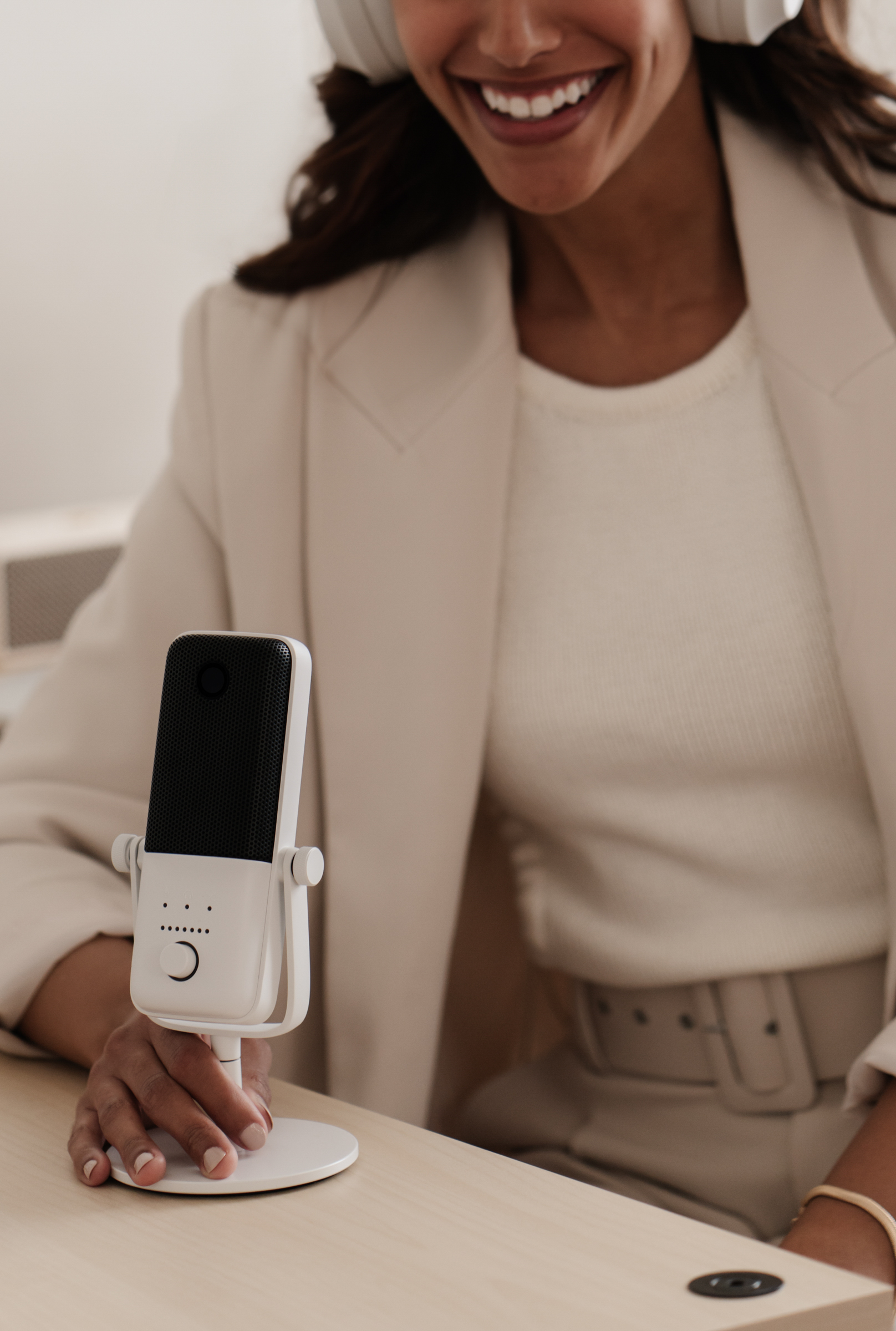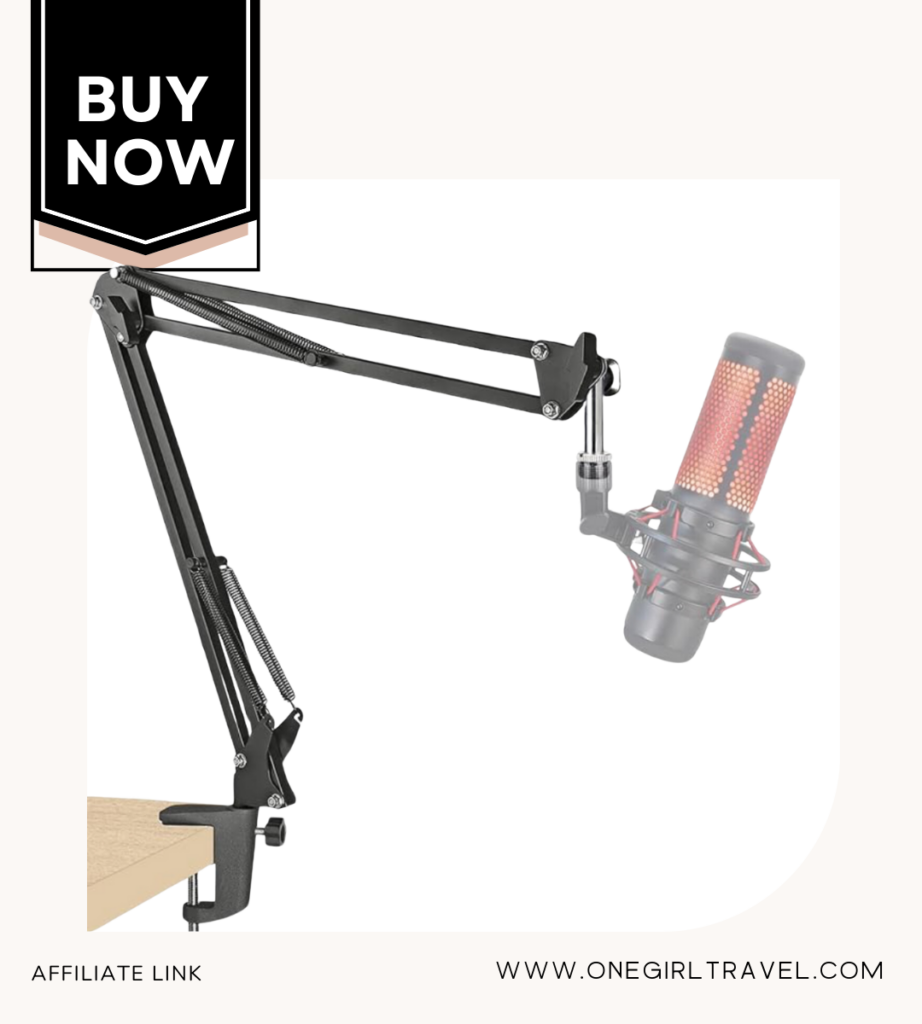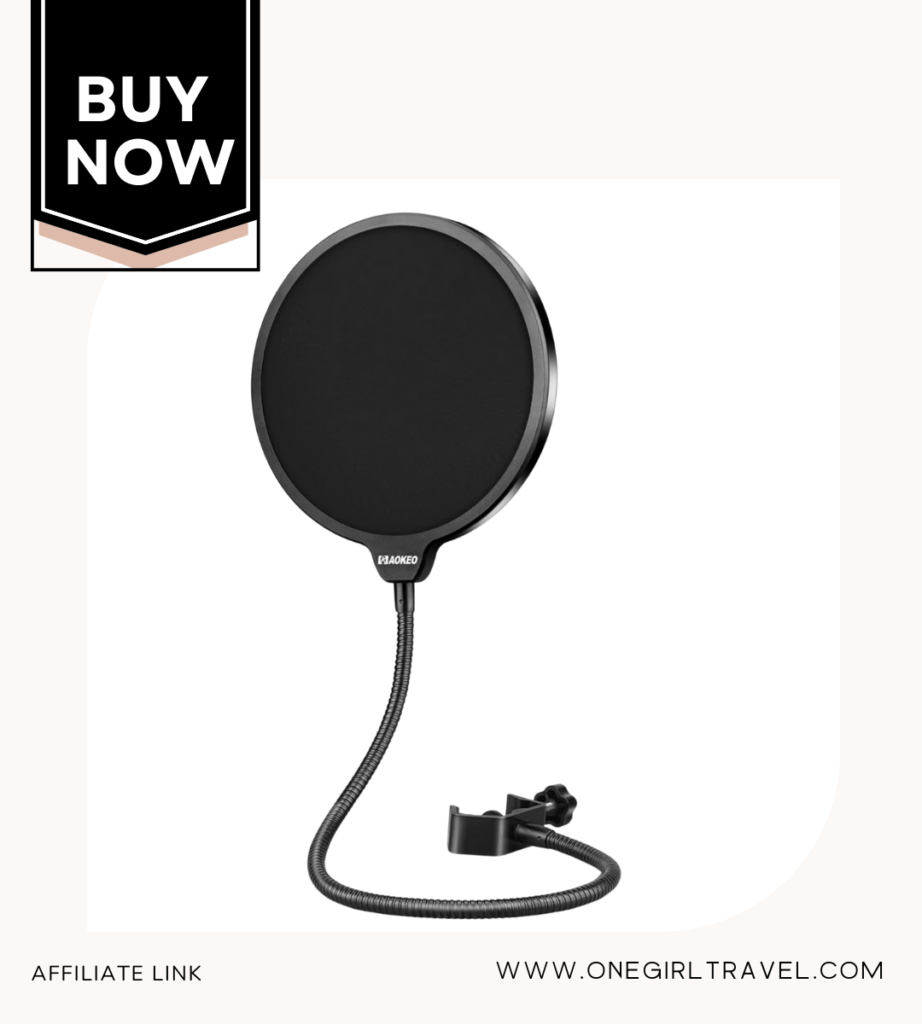Easy Steps to Start a Podcast: Everything You Need to Know to Start Your Own Show
Podcasting has exploded in popularity over the past few years, and for a good reason. It’s an accessible platform for sharing your voice, connecting with audiences, and building a brand. If you’ve ever thought about starting a podcast but were overwhelmed by the technicalities, I’m here to tell you that it’s much easier than you think! In this post, I’ll walk you these easy steps to start a podcast, share my favorite tools, including the hosting platform I use—Buzzsprout—and even give you some tips on creating a professional-sounding show without breaking the bank.
My Podcast Journey
When I decided to start my podcast, it was on a Friday evening. By Monday, I had my first episode of the One Girl Travel Podcast live on the airwaves! It truly is the easiest thing I have ever done for my business, and also one of the most enjoyable! I hear people often say they want to start a podcast, but they over thing the process. I’m here to say that you do not need to plan dozens of episodes in advanced. You do not need to write scripts for a month’s worth of recording. And you also do not need to have a year of subjects written out before you record your first episode! With that being said, in this blog post, I am sharing easy steps to start a podcast (but don’t worry, it isn’t a lot!)
Why Start a Podcast?
Before diving into the how-tos, let’s talk about the why. Podcasting is a versatile medium that allows you to:
- Express your creativity: Whether you’re passionate about solo travel, self-love, or any other niche, podcasting offers a platform to share your thoughts and ideas.
- Build a community: Your podcast can attract like-minded people, creating a community of listeners who share your interests.
- Expand your brand: If you’re a coach, entrepreneur, or content creator, a podcast can enhance your brand by offering valuable content in a new format.
- Monetize your passion: Over time, podcasts can become a source of income through sponsorships, ads, and listener support.
Now that you’re excited about the possibilities, let’s break down these easy steps to start a podcast.
Step 1: Define Your Podcast’s Purpose and Audience
The first step in creating a podcast is to define your purpose and target audience. Ask yourself:
- What do I want to talk about? Pick a topic that you’re passionate about and knowledgeable in. For example, I focus on topics like solo travel, self-love, and empowerment.
- Who is my target audience? Understanding your audience will help you tailor your content to their interests and needs.
- What value will my podcast provide? Consider what unique perspective or expertise you bring to the table. Your podcast should offer value, whether it’s entertainment, education, or inspiration.
Once you’ve answered these questions, you’ll have a clear direction for your podcast.
Step 2: Choose a Podcast Name and Format
Next, you’ll need to choose a name and format for your podcast. Your podcast name should be catchy, memorable, and reflective of your content. It’s also a good idea to check if the name is available as a domain name and social media handle, as this can help with branding.
As for the format, here are a few common options:
- Solo show: You host the podcast on your own, sharing your thoughts and expertise. This is the format I use, and it’s great for solo entrepreneurs and coaches.
- Interview show: You invite guests to share their insights on your chosen topic. This can help you tap into your guests’ audiences as well.
- Co-hosted show: You team up with a co-host, creating a dynamic conversation around your chosen topics.
- Narrative show: You tell stories, either fictional or based on real events, often using multiple voices or sound effects.
Apply to be a guest speaker on the One Girl Travel Podcast here.
Step 3: Invest in Quality Equipment
One of the best things about podcasting is that you don’t need to invest in expensive equipment to get started. However, having a few quality tools can make a big difference in your sound quality.
My Favorite Microphone:
When I started my podcast, I wanted a microphone that would provide professional-quality sound without breaking the bank. After doing some research, I settled on the JLab Talk USB Microphone. This versatile microphone offers multiple pickup patterns—cardioid, omnidirectional, and bidirectional—making it perfect for solo recordings, interviews, and more. It connects directly to your computer via USB, and its plug-and-play design ensures an easy setup. The sound quality is top-notch, providing a professional feel to your podcast from the very beginning.

Step 4: Record and Edit Your Podcast
Recording your podcast is easier than you might think. You can use free software like Audacity (for both Windows and Mac) or GarageBand (for Mac users, which is what I use) to record and edit your episodes. Here are some tips for recording a high-quality podcast:
- Find a quiet space: Background noise can be distracting, so try to record in a quiet room.
- Use a pop filter: This will help reduce plosive sounds (like “p” and “b” sounds) that can cause distortion in your audio.
- Speak clearly and at a steady pace: Practice speaking in a conversational tone that’s engaging and easy to follow.
After recording, you’ll want to edit your podcast to remove any mistakes, add intros and outros, and adjust the sound quality.
Hiring a Voice Actor for Your Intro and Outro:
To give your podcast a polished and professional feel, I hired a voice actor from Fiverr.com to create my intro and outro audio. This small investment can make a big difference in how your podcast is perceived. You can find talented voice actors on Fiverr at various price points, and the process is straightforward—just provide them with a script, and they’ll deliver a high-quality recording. My intro and outro recording cost me approximately $60 and in my opinion, it was well worth the investment! Find your intro/outro here.
Step 5: Choose a Podcast Hosting Platform
Once your podcast is recorded and edited, you’ll need to upload it to a podcast hosting platform. This is where your podcast episodes will be stored and distributed to platforms like Apple Podcasts, Spotify, and Google Podcasts.
Why I Use Buzzsprout:
I personally use Buzzsprout to host my podcast, and I couldn’t be happier with my choice. Buzzsprout is incredibly user-friendly, even if you’re new to podcasting. It offers:
- Easy episode uploads: You can upload your episodes with just a few clicks.
- Detailed analytics: Track your podcast’s performance with in-depth stats.
- Podcast directories: Buzzsprout helps you get listed on all the major podcast directories.
- Monetization options: As your podcast grows, Buzzsprout offers ways to monetize your content.
One of the things I love most about Buzzsprout is its user-friendly interface. Even if you’re not tech-savvy, you’ll find it easy to navigate. Plus, their customer support is top-notch, ready to help with any questions you might have.
Save $20 off of your Buzzsprout membership here.
Step 6: Promote Your Podcast
Now that your podcast is live, it’s time to promote it! Here are some strategies to get the word out:
- Leverage social media: Share your episodes on platforms like Instagram, Twitter, and Facebook. You can create teaser clips, graphics, and behind-the-scenes content to engage your audience.
- Email your list: If you have an email list, let your subscribers know about your new podcast. You can even offer exclusive content or early access to episodes.
- Network with other podcasters: Appear as a guest on other podcasts, or invite fellow podcasters to be guests on your show. This cross-promotion can help you reach new listeners.
- Ask for reviews: Encourage your listeners to leave reviews on platforms like Apple Podcasts. Positive reviews can improve your podcast’s visibility.
Step 7: Stay Consistent and Keep Improving
Consistency is key to building a successful podcast. Set a regular schedule for releasing episodes, whether it’s weekly, bi-weekly, or monthly. The more consistent you are, the more your audience will look forward to your episodes. Also, do not beat yourself up if you miss a week or two. This should be a fun experience, and we all have busy schedules. Life happens, and sometimes you may miss an episode. It is up to you to be kind to yourself and move on.
Finally, don’t be afraid to seek feedback and make improvements. Listen to your episodes critically, and ask your audience for suggestions. Podcasting is a journey, and your show will evolve over time as you gain experience.
Conclusion
Starting a podcast is much easier than it might seem at first glance. With a clear purpose, a few essential tools, and the right hosting platform, you can launch your podcast and share your voice with the world. Whether you’re a coach, an entrepreneur, or someone with a passion for storytelling, podcasting offers a unique way to connect with your audience.
Remember, it’s not about having the most expensive equipment or the most polished production—it’s about sharing your authentic voice and providing value to your listeners. So, grab that microphone, hit record, and start podcasting! And if you’re looking for a reliable hosting platform, I highly recommend giving Buzzsprout a try. I hope you enjoyed these easy steps to start a podcast!
Happy podcasting!
Additional Podcast Gear:
Affiliate Notice:
Some of the links on this site are affiliate links, which means I may earn a small commission if you click on the link or make a purchase using the link. By using the affiliate links, you are helping support the services and content that I provide, at no additional cost to you.
I only recommend products and services that I personally use and believe will add value to my readers. All opinions expressed here are my own.








